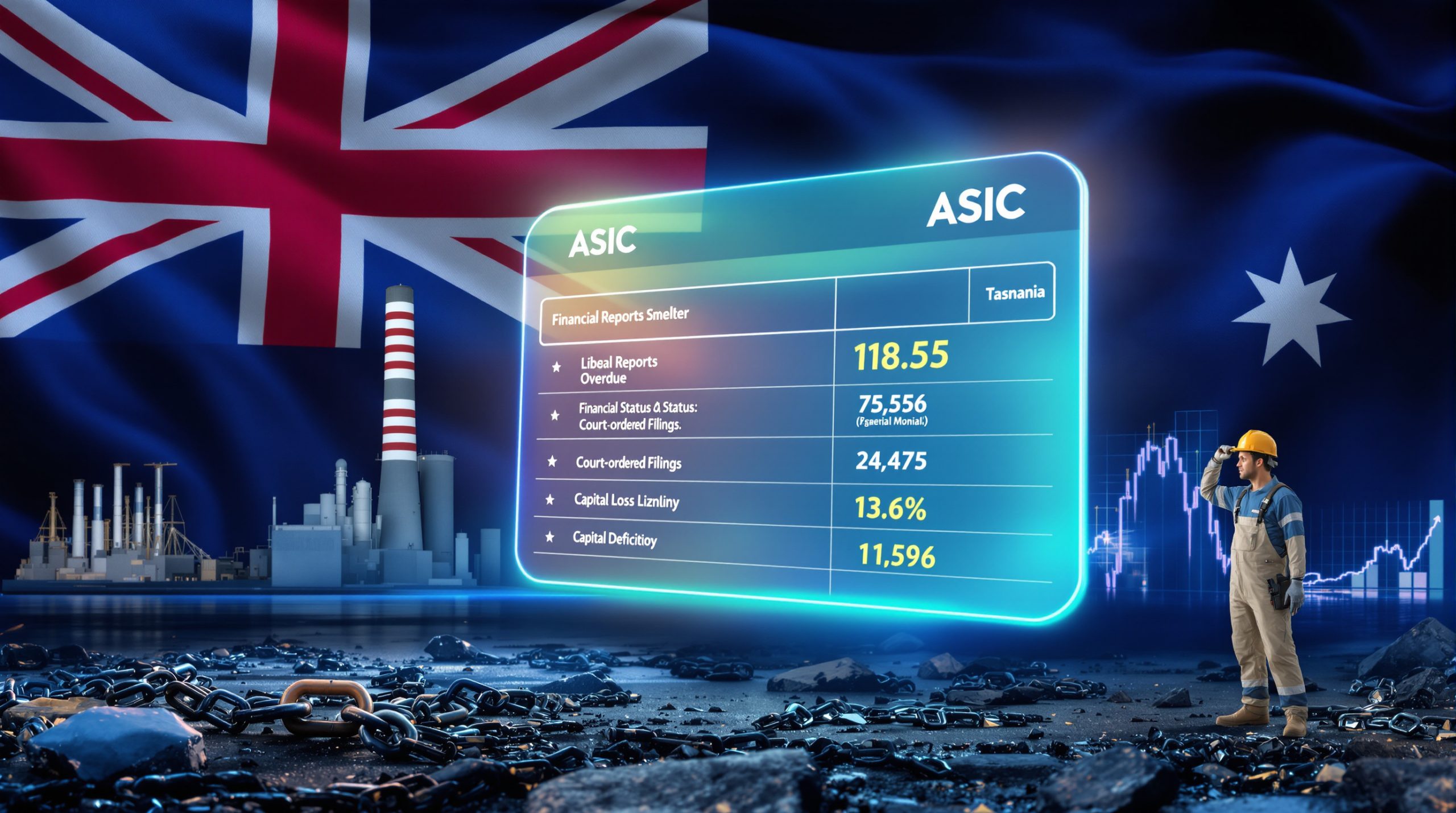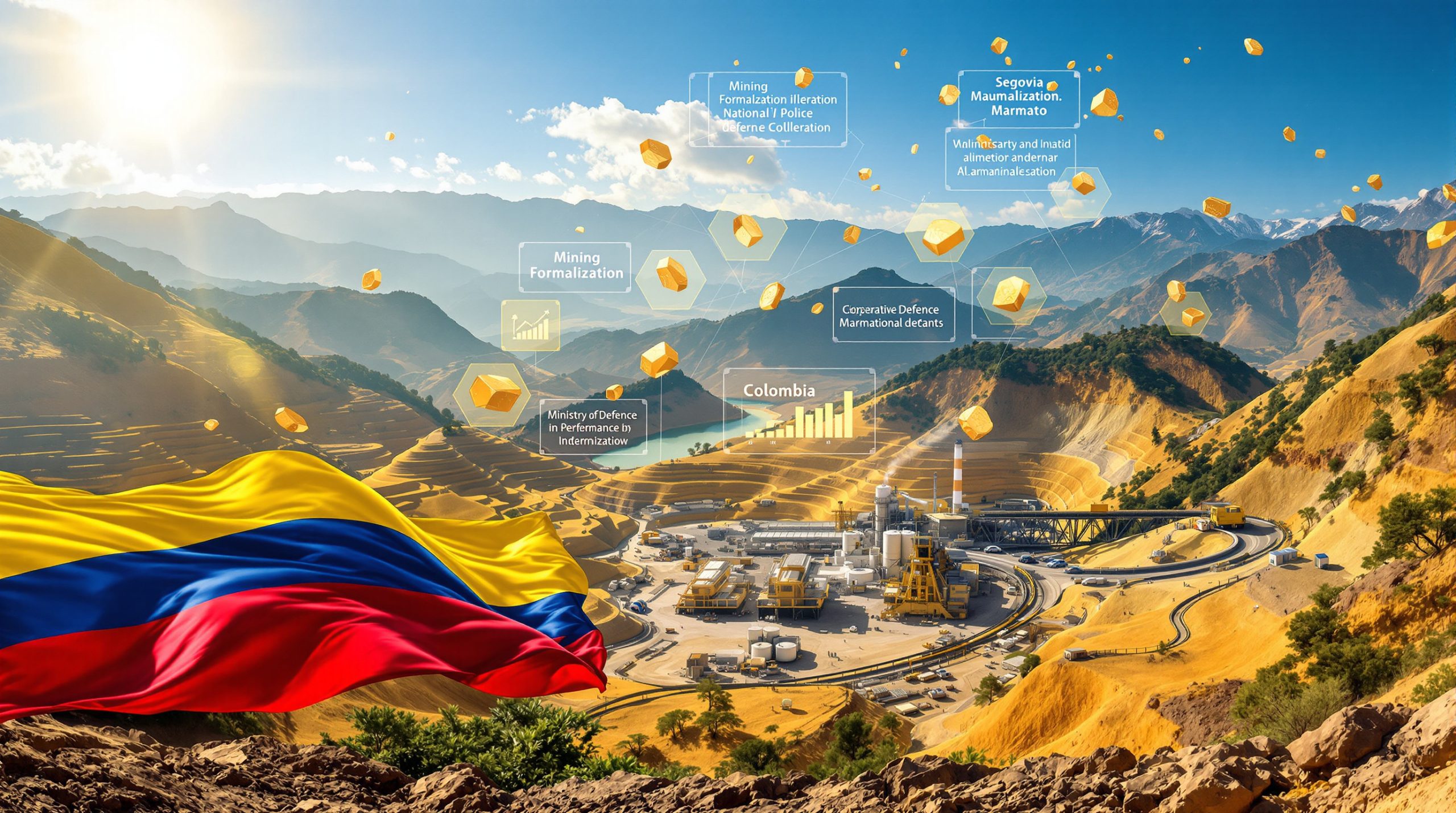Strategic Framework: Understanding the Geopolitical Chess Game
The rare earth refinery joint venture in Saudi Arabia reconfigures the global chessboard of critical mineral supply chains. The emergence of the Middle East as a viable refinement hub marks a break from conventional dependency on East Asian processors. This shift reflects a convergence of security, industrial, and technological interests, creating a new system architecture for critical mineral access and distribution.
Key Strategic Elements:
- Multi-national partnership integrating local sovereignty with advanced technical resources
- Syndication of defense procurement functions and commercial mineral capabilities
- Strategic deployment of Saudi Arabia's energy might and intercontinental geographic advantage
Global demand for rare earth elements (REE) is closely linked to high-tech manufacturing, renewable energy, and next-generation defense applications. Historically, over 70% of REE processing has been concentrated in East Asia, which has long created pronounced supply risk for Western industries.
By framing the initiative as a keystone of a broader US-Saudi supply chain agreement (confirmed by the joint announcement in Washington, November 2025), both nations signal an intent to reduce vulnerability from potential adversarial suppliers. Furthermore, this critical minerals strategy aims to shift the balance of power in the rare earths market and create new, trusted supply corridors for allied defense and technology sectors.
What Makes This Joint Venture Structure Unique in Critical Minerals?
Equity Distribution and Control Mechanisms
This JV employs an equity and governance model built for resilience and influence. Strategic interests are balanced across three stakeholders, each providing distinctive resources:
| Stakeholder | Equity Stake | Primary Contribution |
|---|---|---|
| Maaden (Saudi) | ≥ 51% | Infrastructure, resources, local ops |
| MP Materials | ~25% | Technical/process expertise, global reach |
| US DoW | ~24% | Non-recourse financing, strategic oversight |
A key differentiator lies in the full non-recourse financing offered by the US Department of War (DoW). This limits direct risk exposure to the US government, tying its interests strictly to the JV's assets and performance. Consequently, this structure is rarely seen in critical minerals projects of this magnitude.
Unique JV Features:
- Majority local ownership ensures regulatory alignment and operational agility
- Minority US and MP Materials stakes enforce oversight without excessive capital risk
- Public sector financial backing expedites scale while adhering to security protocols
The alignment between state and private sector entities is further underpinned by robust contractual safeguards. These measures limit the transfer and misuse of advanced technical knowledge while incentivising value creation for all partners.
How Does Saudi Arabia's Resource Base Support Long-Term Operations?
Untapped Heavy Rare Earth Potential
Saudi geology harbours significant, largely unexplored deposits of both light and heavy rare earth elements (HREE). Heavy rare earths such as dysprosium and terbium are vital for high-temperature magnets, advanced weaponry, and precision electronics. However, they globally constitute less than 1% of REE supply while driving over 60% of REE value in strategic markets.
Saudi Arabia's mineral endowment, when combined with state-backed mining initiatives, promises:
- Increased regional self-sufficiency in rare earth feedstock
- New revenue pathways for the Kingdom beyond hydrocarbons
- Support for the growth of indigenous high-tech manufacturing
Infrastructure Advantages
Energy and Logistics:
- Abundant, low-cost natural gas powers energy-intensive separation/process stages
- Modern petrochemical infrastructure accelerates plant development and downstream integration
- Direct access to Red Sea and Arabian Gulf ports streamlines exports to EU, Asia, and Africa
Location Benefits:
- Intersects major shipping lanes for rare earth exports
- Bolstered by proximity to Saudi industrial mega-zones and research hubs
- Mobilises established transport and customs systems for containerised and bulk REE products
In addition, the Kingdom's established expertise in saudi exploration licenses provides a strong foundation for expanding rare earth mining operations.
What Processing Capabilities Will the Facility Deliver?
Technical Specifications and Output Targets
The rare earth refinery joint venture in Saudi Arabia will process diverse feedstocks, extracting and separating the full spectrum of REOs.
Key Outputs:
- Light Rare Earth Oxides (LREO): Essential for automotive catalysts, rechargeable batteries (lanthanum, cerium), and high-strength magnets (neodymium).
- Heavy Rare Earth Oxides (HREO): Critical for next-gen high-coercivity magnets (dysprosium, terbium), advanced displays (yttrium, europium), and defence-grade alloys.
The JV's multi-source feed policy boosts supply resilience by accepting rare earth material from domestic and global mines. This approach decouples the refinery from single-source dependency and supply bottlenecks.
Integration with Global Supply Networks
- Modular plant design accommodates changing feedstock grades and mineralogies
- Technical collaboration enables rapid adaptation to global market shifts or supply disruptions
- Output will distribute across US, Saudi, and allied defence and technology industries
How Will This Impact Global Rare Earth Market Dynamics?
Supply Chain Rebalancing Scenarios
The Saudi JV introduces multiple supply chain rebalancing scenarios for global rare earths. These developments align with broader energy transition minerals initiatives worldwide:
Scenario 1: Gradual Market Share Shift
- 5-10% reduction in East Asian processing dominance over five years as volumes ramp up
- Greater pricing discipline and reduced volatility from diversified supply
- Improved strategic security for Western and allied end-users
Scenario 2: Accelerated Strategic Decoupling
- Rapid scaling enables parallel, non-Asian supply chains for sensitive sectors
- Premium emerges for REOs and magnets certified "trusted source"
- Market fragmentation encourages innovation in separation and magnet manufacturing technologies
Market Structure Table:
| Traditional Model | Emerging Model |
|---|---|
| Single-source dominance | Multiple decentralised hubs |
| Commodity pricing focus | Strategic/end-use pricing |
| High supply risk | Resilient, diversified |
It is anticipated that a Middle East hub could serve as a buffer for global rare earth price shocks. This becomes particularly relevant if regulatory or geopolitical crises disrupt legacy flows.
What Are the Downstream Manufacturing Implications?
Magnet Manufacturing Integration
The JV's structure includes planning for downstream expansion, notably into permanent magnet production. Should Saudi Arabia develop in-country NdFeB (neodymium-iron-boron) magnet factories, the following benefits could materialise:
- Full ore-to-magnet vertical integration reduces intermediate shipping costs
- Proximity to Middle East, African, and European tech markets supports regional customers
- Advanced manufacturing capabilities within allied territory address defence procurement goals
Defence Industry Applications
Refined REEs are specified for both US and Saudi defence projects. In practice, this delivers:
- Local and allied sourcing for components in next-gen electronics, guided munitions, and military vehicles
- Mitigates risks of technology embargoes or supply denial from existing dominant suppliers
- Potential for co-development of REE-based military technologies and joint procurement pipelines
How Does This Align with Broader US-Saudi Strategic Cooperation?
Critical Minerals Framework Agreement
This JV operates under a 2025 US-Saudi critical minerals agreement, encompassing:
- Joint exploration for uranium and REE resources
- Alignment of technologies for magnet casting and recycling
- Dual-track development of upstream mining and downstream advanced materials processes
- Structured workforce exchange and education programmes for Saudi engineers and technical staff
Economic Diplomacy Through Industrial Partnership
The partnership demonstrates a model for economic diplomacy, where commercial viability and national security are balanced via shared incentives. Moreover, this approach reflects the broader us production executive order initiatives aimed at securing critical mineral supply chains.
- US government leverages non-recourse financing to catalyse private sector expansion
- Saudi Arabia diversifies its industrial economy while building technological sovereignty in critical minerals
- Structures are in place to prevent uncontrolled transfer of proprietary technologies, aligning incentives for performance and IP security
What Investment and Expansion Scenarios Are Possible?
Phase 1: Core Refinery Operations
- Launch of refining operations with initial throughput targets (exact tonnage figures pending future disclosures)
- Training and upskilling of Saudi workforce through technology transfer programmes
- Establishment of REO supply contracts for Western and allied customers
Phase 2: Vertical Integration
- Upstream mining projects in the Kingdom to secure feedstock sovereignty
- Development of permanent magnet manufacturing plants in Saudi Arabia for regional and global export
- Creation of a Middle East rare earth refinement/export hub with expanding market share
Phase 3: Global Network Expansion
- Additional refineries could be licensed across other allied nations, following the Saudi model
- MP Materials–led technology transfer creates a distributed REE processing ecosystem
- Full supply chain "end-to-end" visibility reduces risk of market manipulation or embargo
These expansion phases align with north american mining trends that emphasise strategic partnerships and supply chain diversification.
What Risks and Mitigation Strategies Apply?
Technical and Operational Risks
Key Challenges:
- Achieving commercial scale and technical purity in HREE separation is complex and capital-intensive
- Global REE prices can be volatile, driven by rapid swings in supply-demand or policy shocks
Mitigations:
- JV leverages MP Materials' operational expertise and prior track record at Mountain Pass
- Forward supply agreements with allied defence and high-tech customers stabilise revenues
Geopolitical and Strategic Risks
Key Challenges:
- Regional instability could threaten plant operations or transit routes
- Enforcement of technology transfer covenants and IP rights in a multi-jurisdictional context
Mitigations:
- Saudi Arabia's established industrial and security infrastructure provides stability
- Partnership contracts feature defined rules for managing, protecting, and limiting advanced technology flows
How Will Success Be Measured?
Quantitative Metrics
- Total annual output of separated REOs (tonnes/year)
- Market share of global REE processing outside East Asia
- Price competitiveness against Asian-sourced REOs
- Availability and reliability of supply for strategic US, Saudi, and allied applications
Strategic Objectives
- Reduction in dependencies on single-region suppliers
- Strengthened defence and advanced manufacturing bases for the US and Saudi Arabia
- Demonstrable results in workforce development and technology transfer
- Expansion of rare earth processing expertise and capacity to regional allies
According to a recent analysis by CSIS, the success of this rare earth refinery joint venture in Saudi Arabia will largely depend on achieving these measurable outcomes whilst maintaining technological security.
Further Exploration:
Supply chain strategists, investors, and policy specialists are encouraged to monitor developments associated with the rare earth refinery joint venture in Saudi Arabia. Delving deeper into emergent geopolitical frameworks, investor risk models, and technical advancements in REO separation will offer clarity on the evolving power dynamics in the global critical minerals sector.
Disclaimer: This analysis features both established facts and forward-looking scenarios. Projections of market impacts, investment outcomes, and technical feasibility depend on multiple contingent factors. Investors should seek diversified sources and exercise due diligence when evaluating exposure to the rare earth sector.
Ready to Invest in the Next Geopolitical Transformation?
Discovery Alert offers real-time alerts on critical mineral discoveries, helping investors navigate the evolving geopolitical landscape with strategic insights. Visit the Discovery Alert discoveries page to understand how major finds have shaped market dynamics, and start your 30-day free trial to get ahead in this competitive field.




